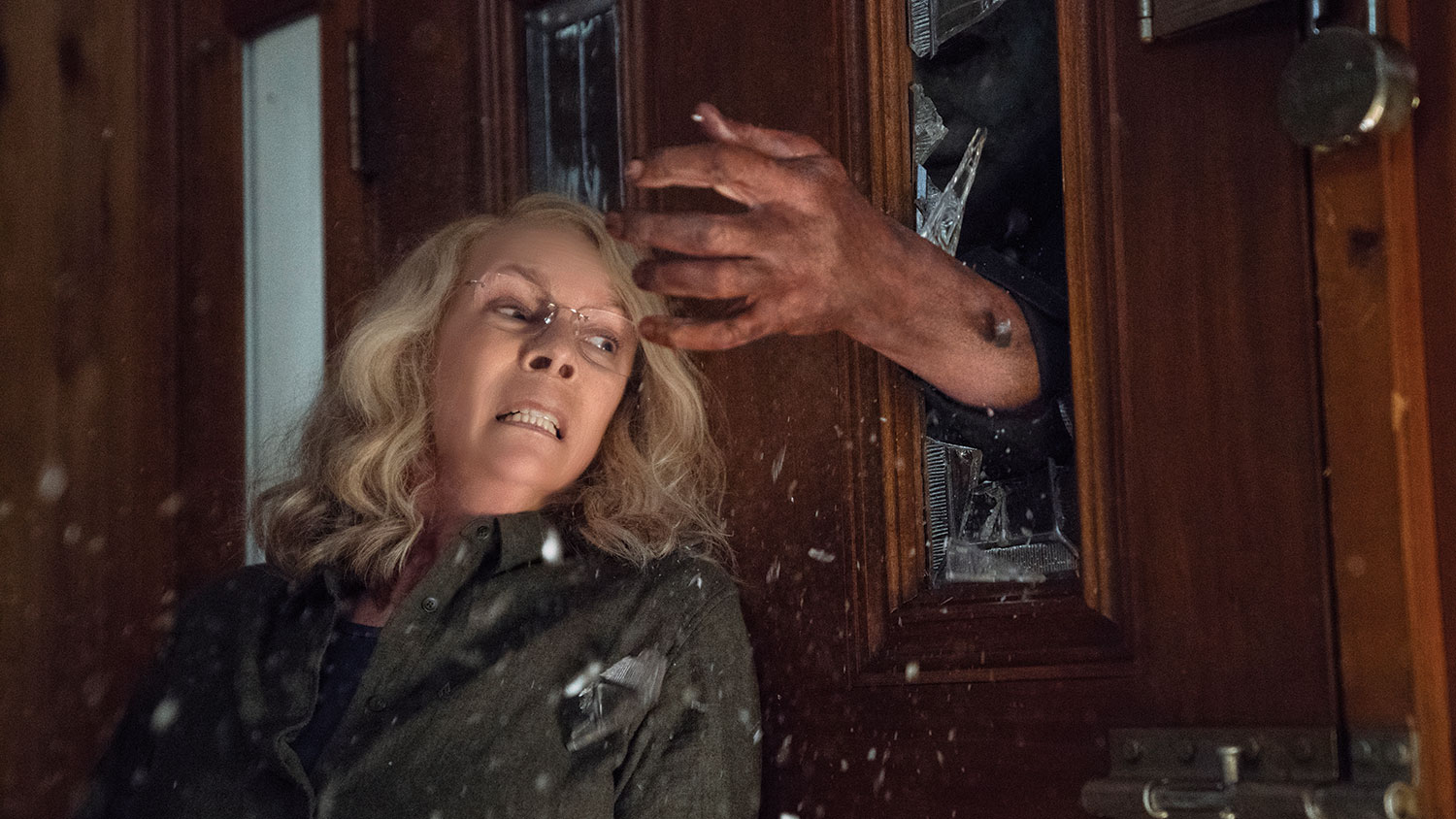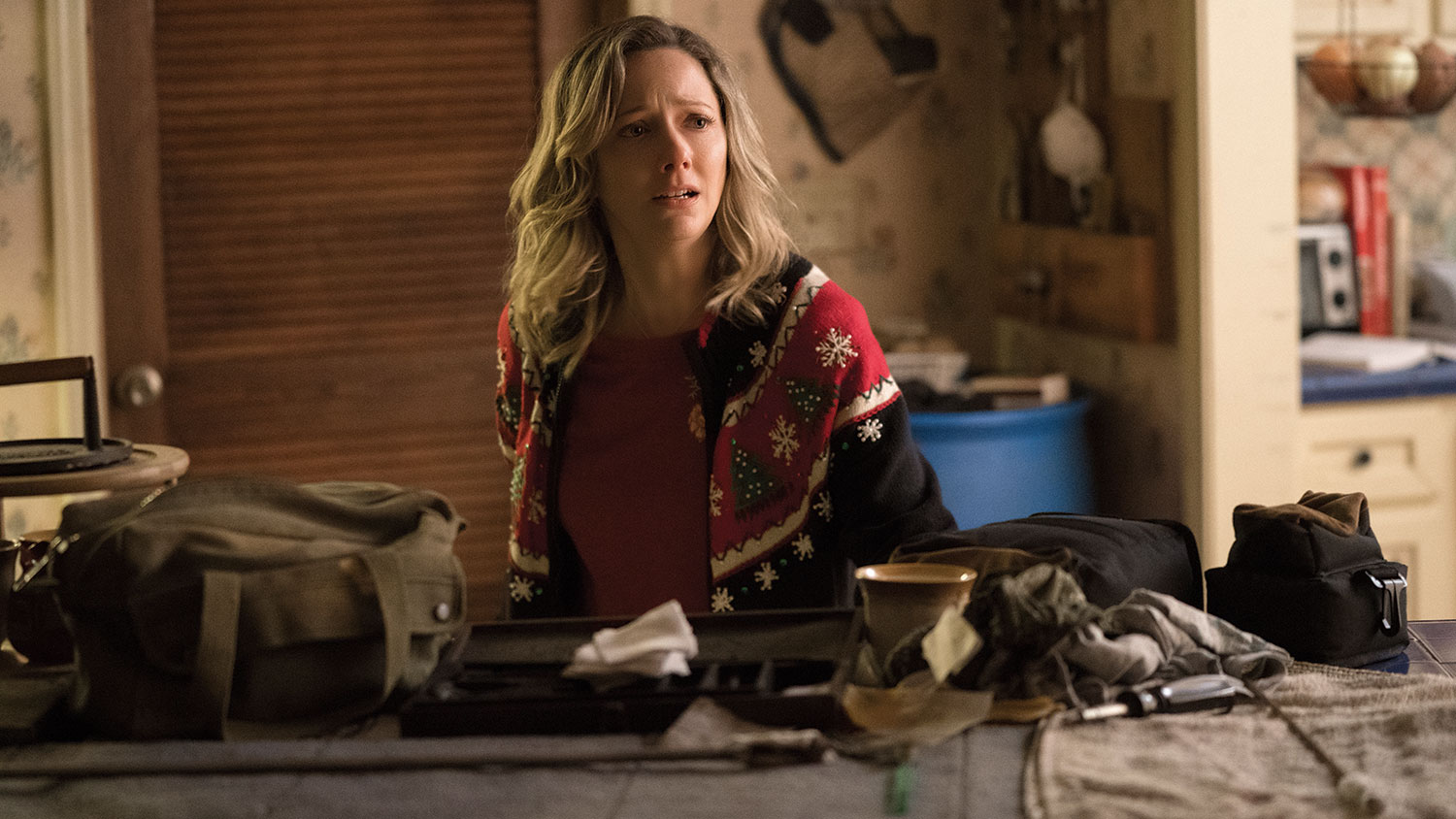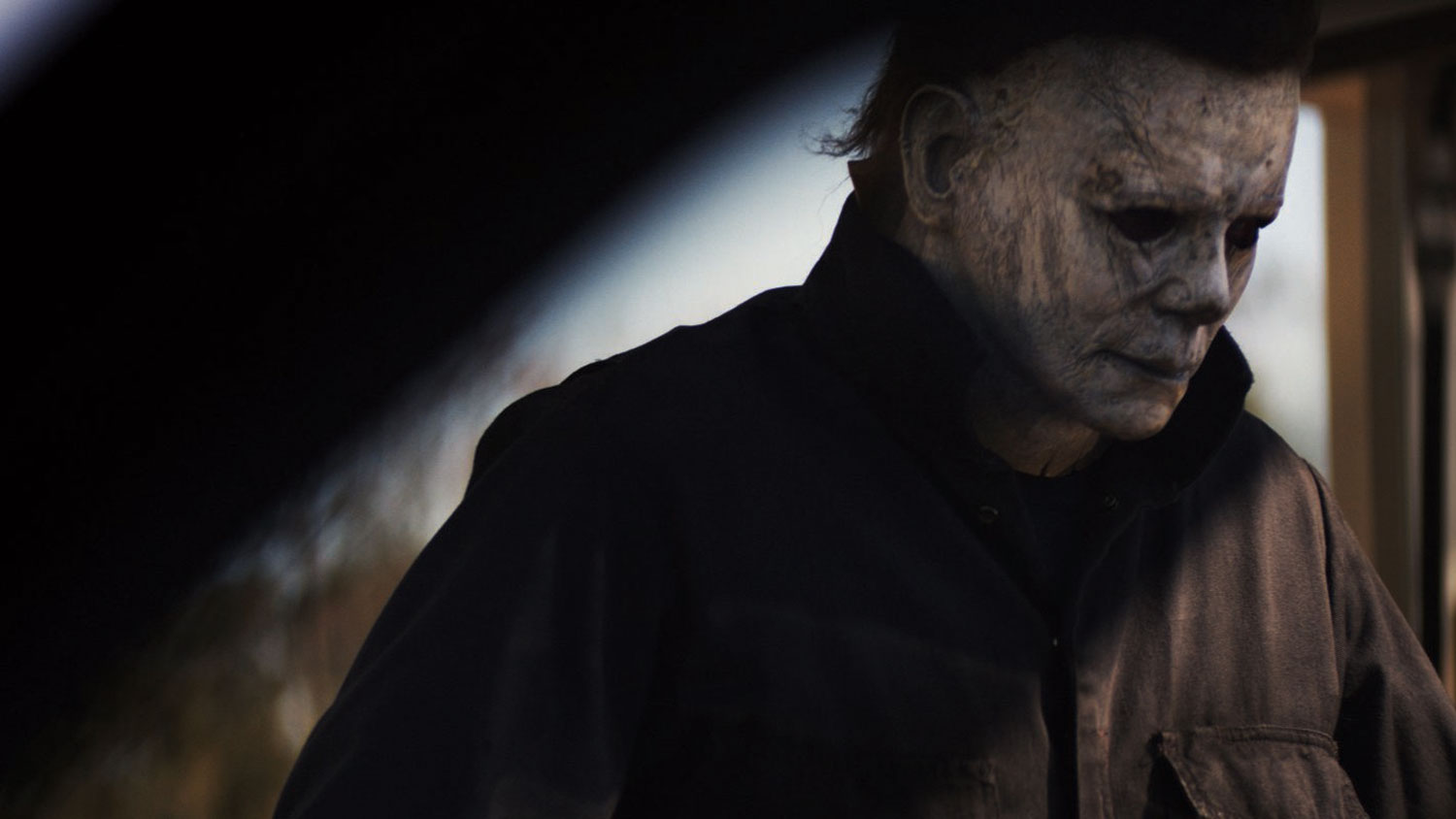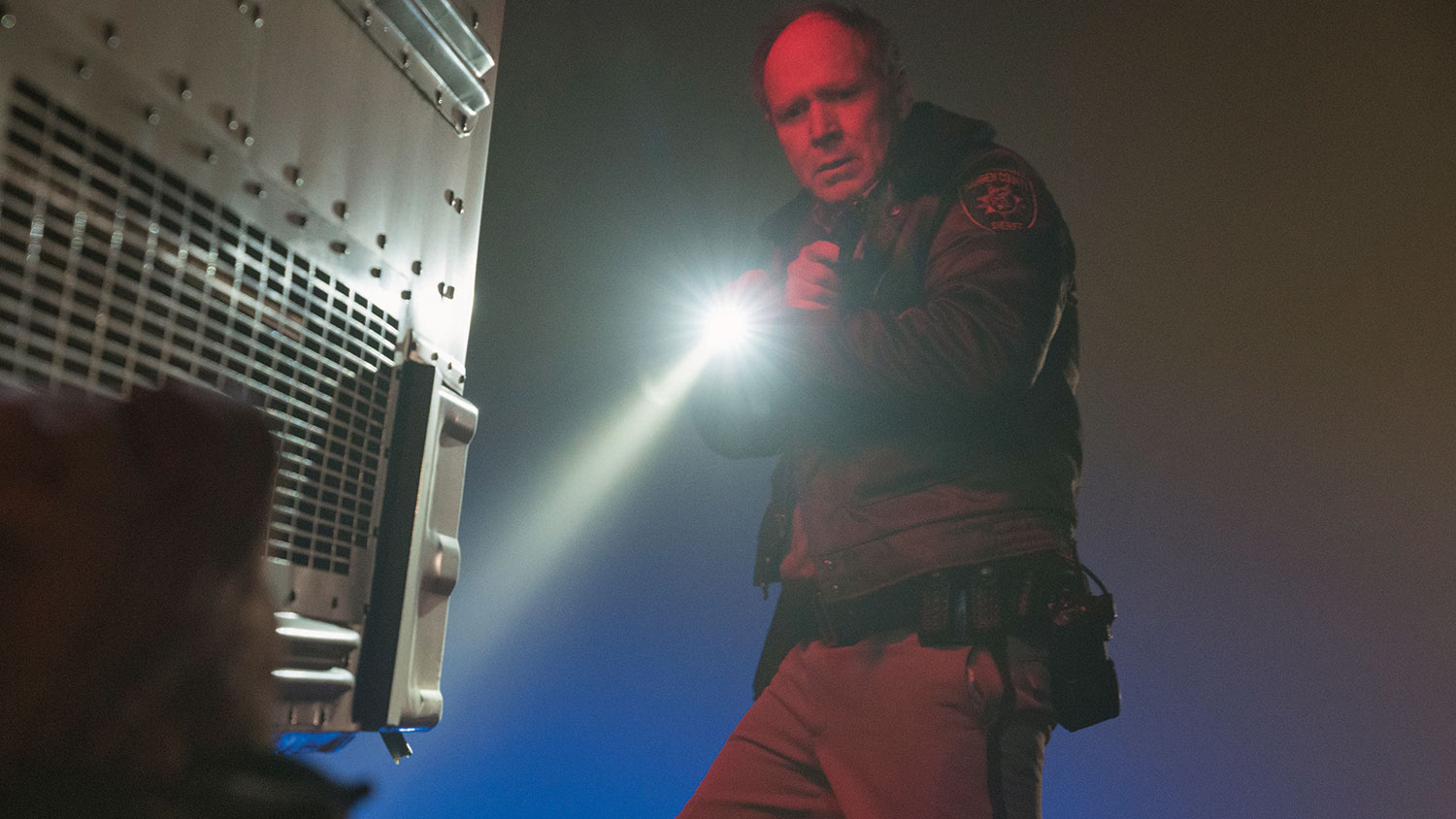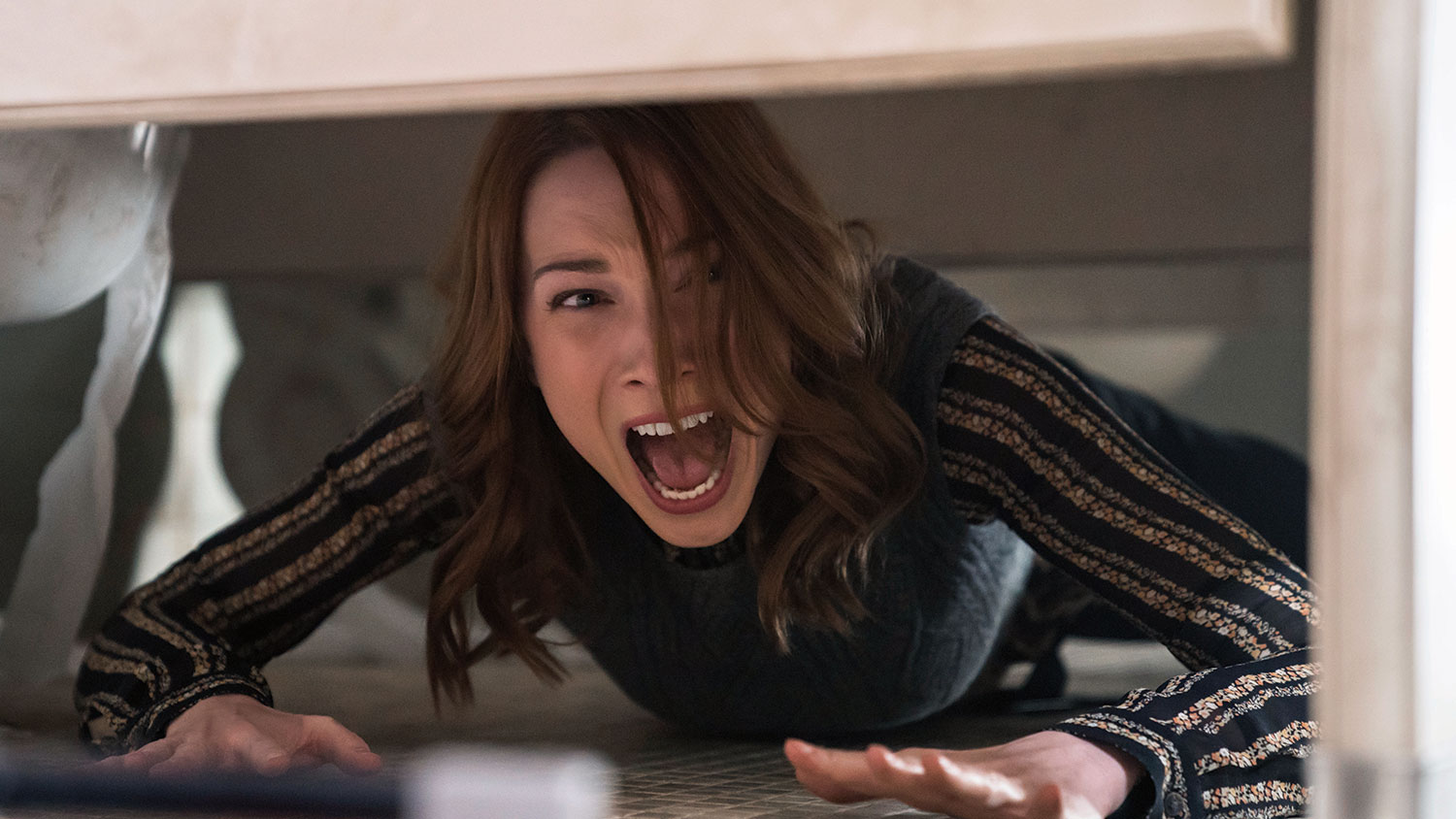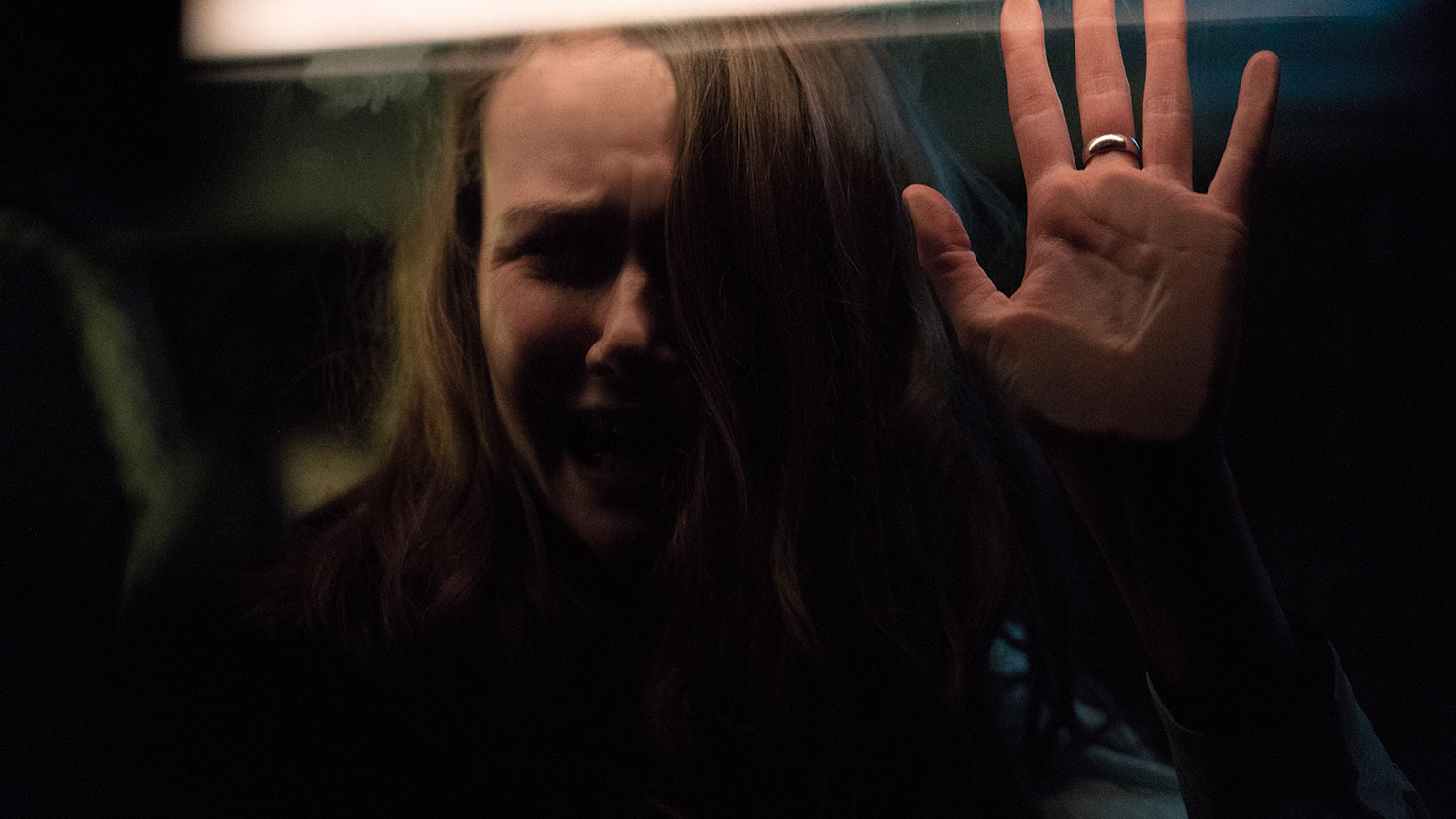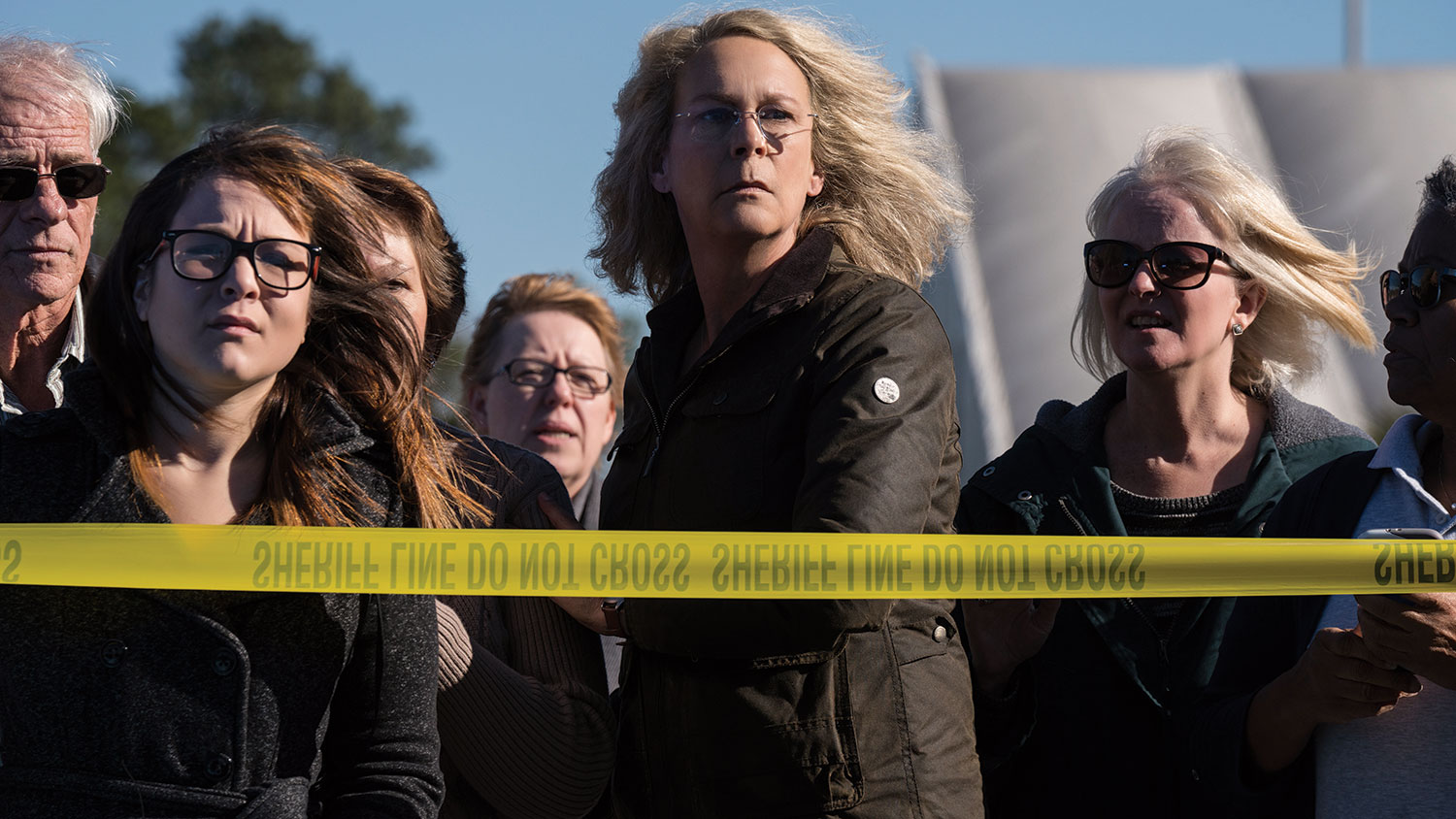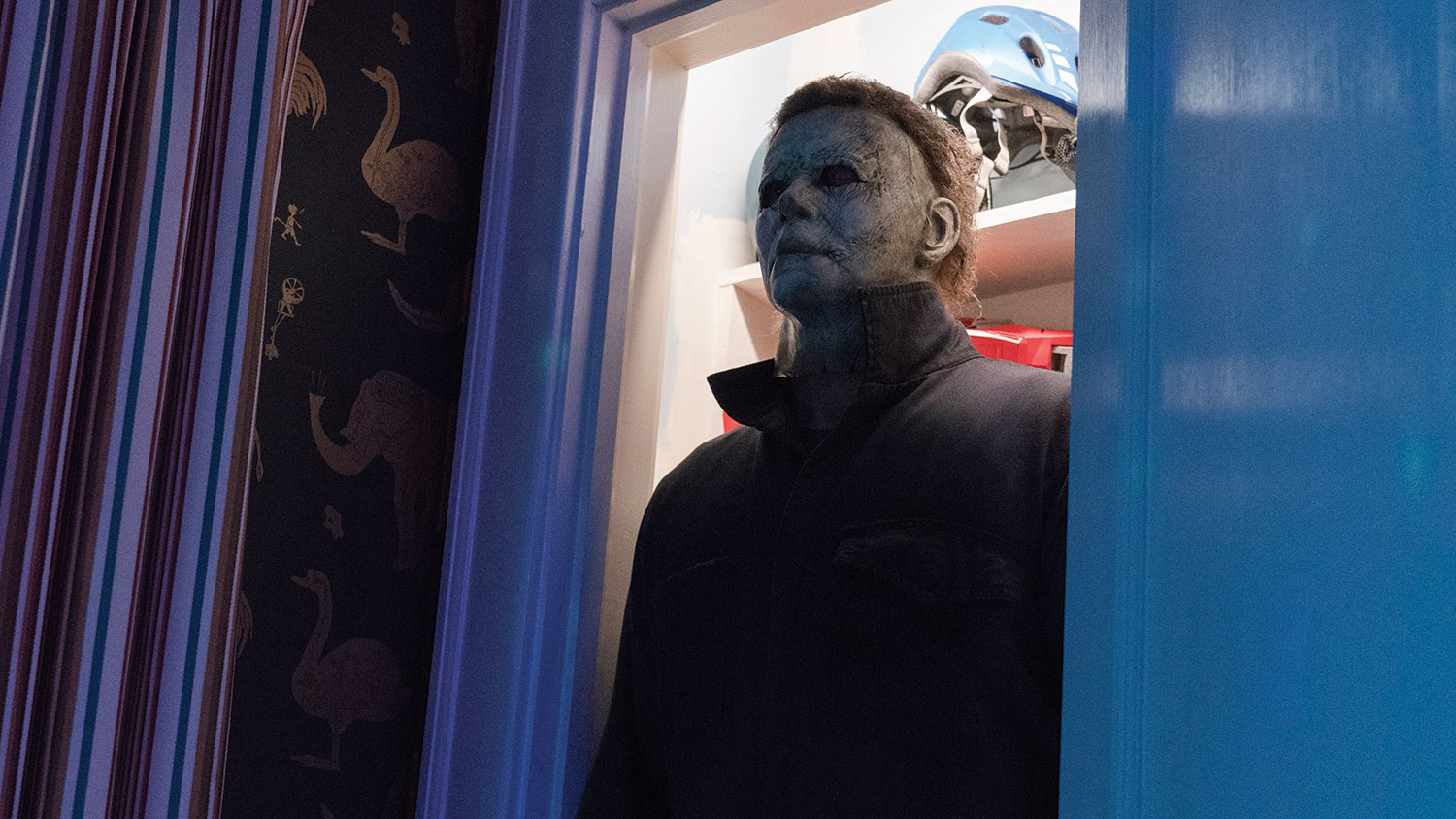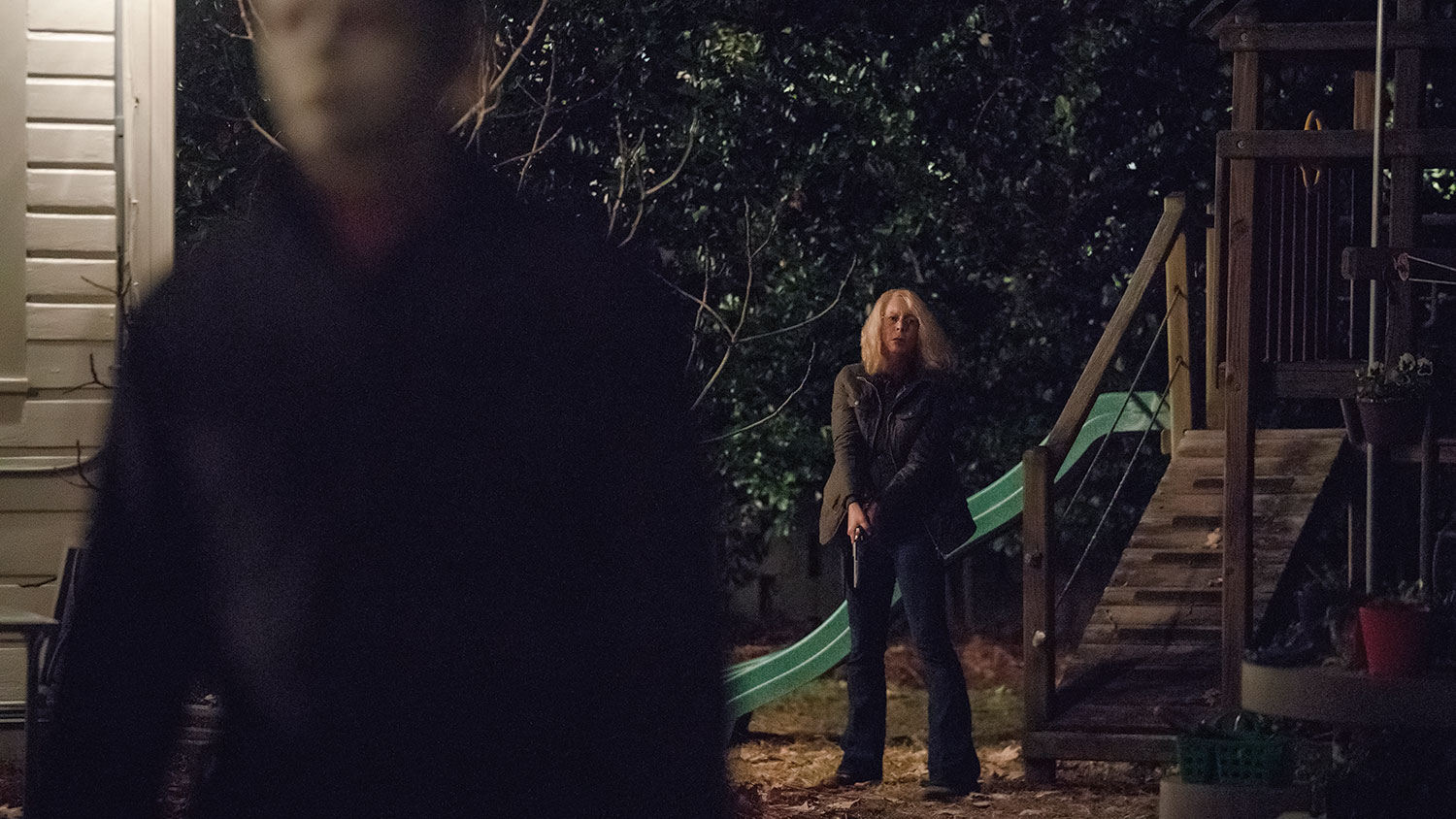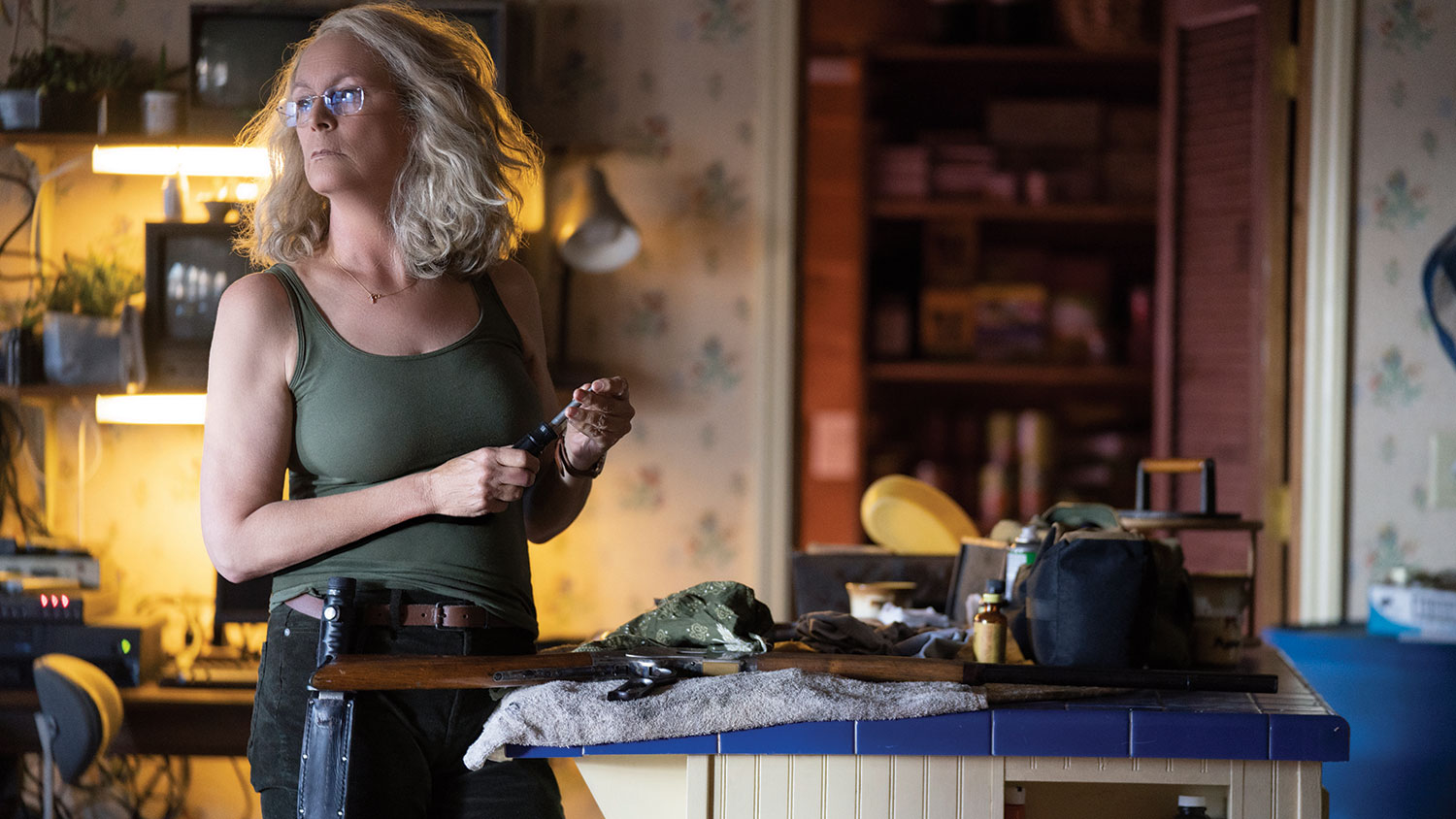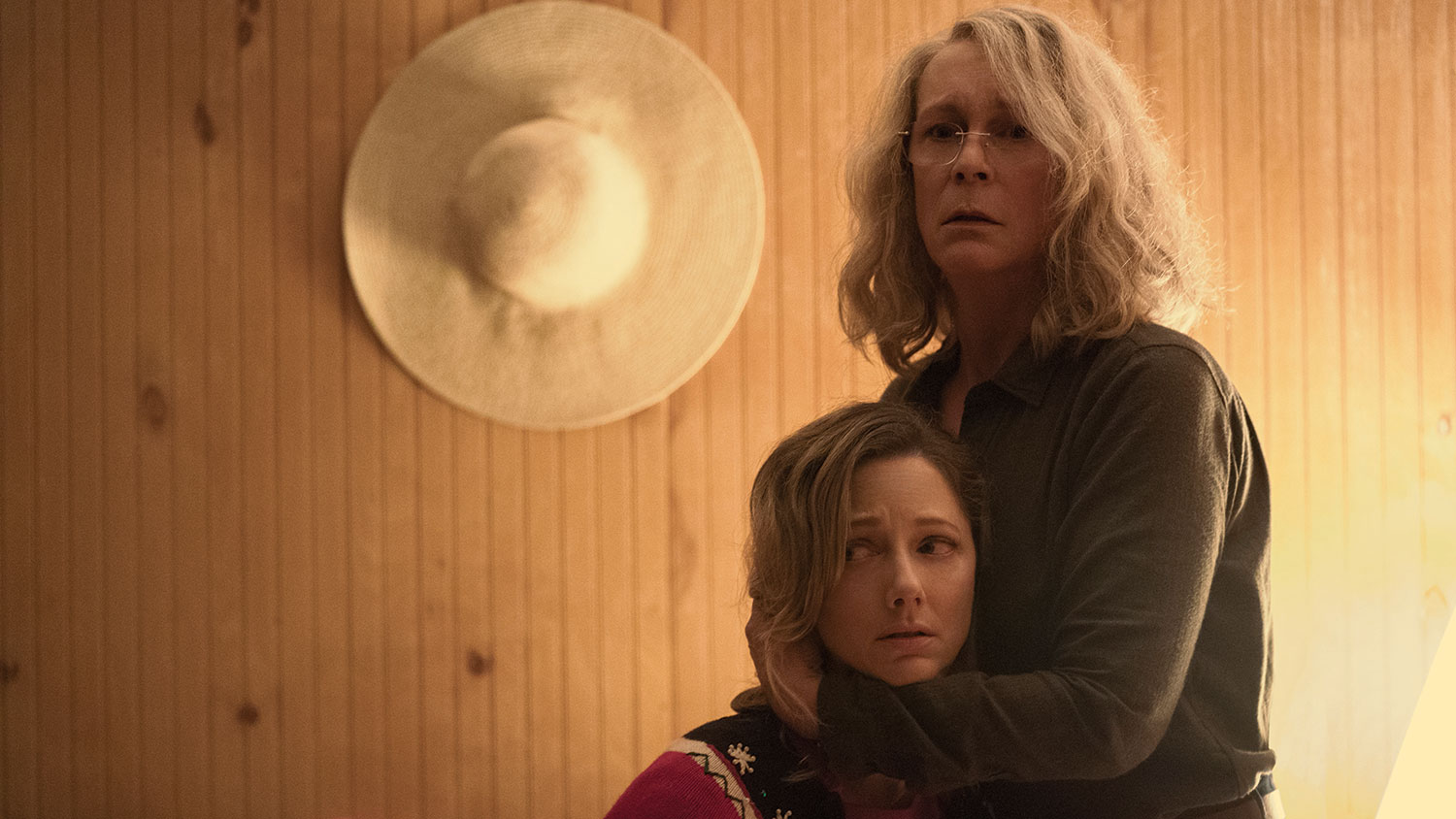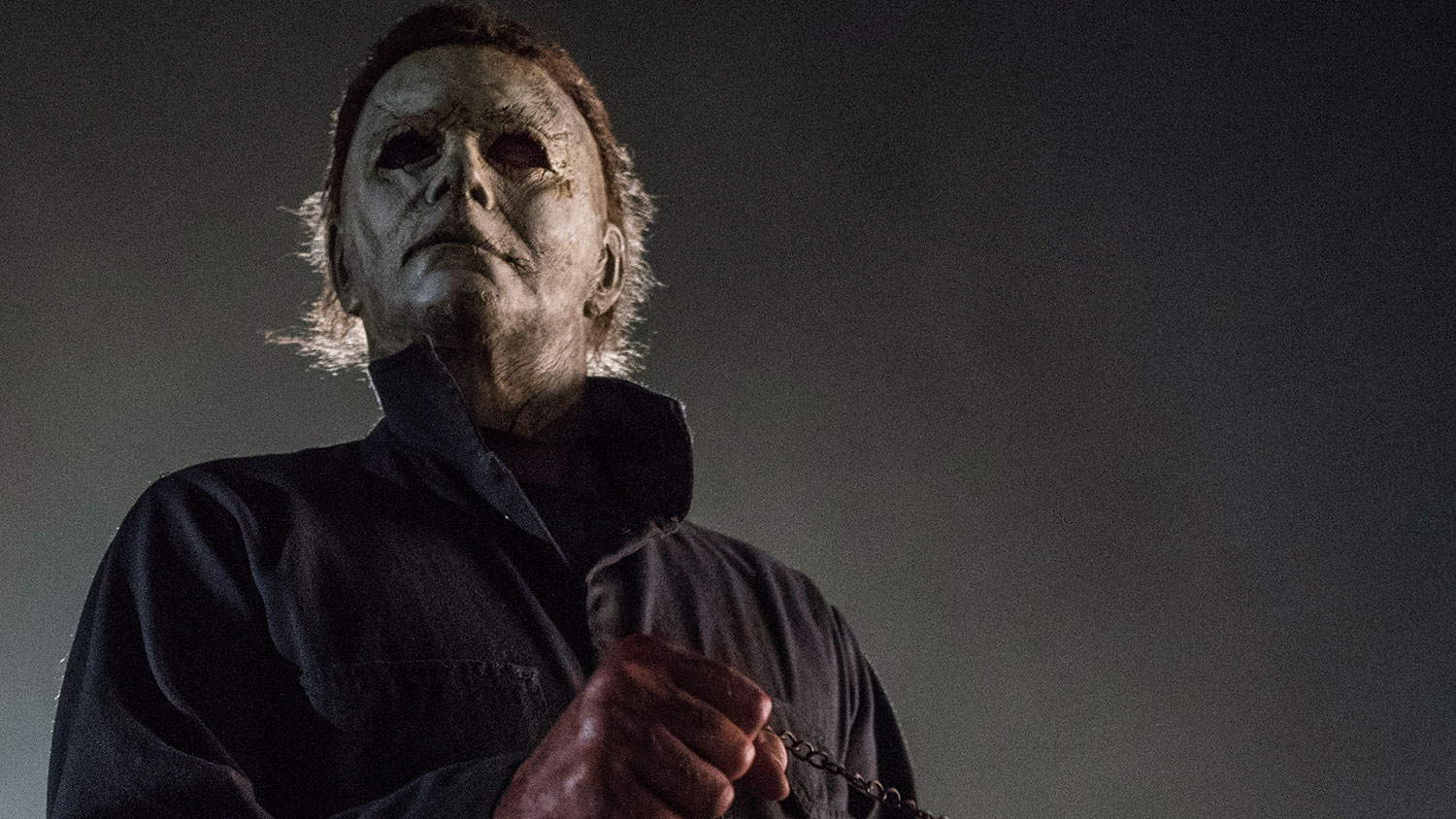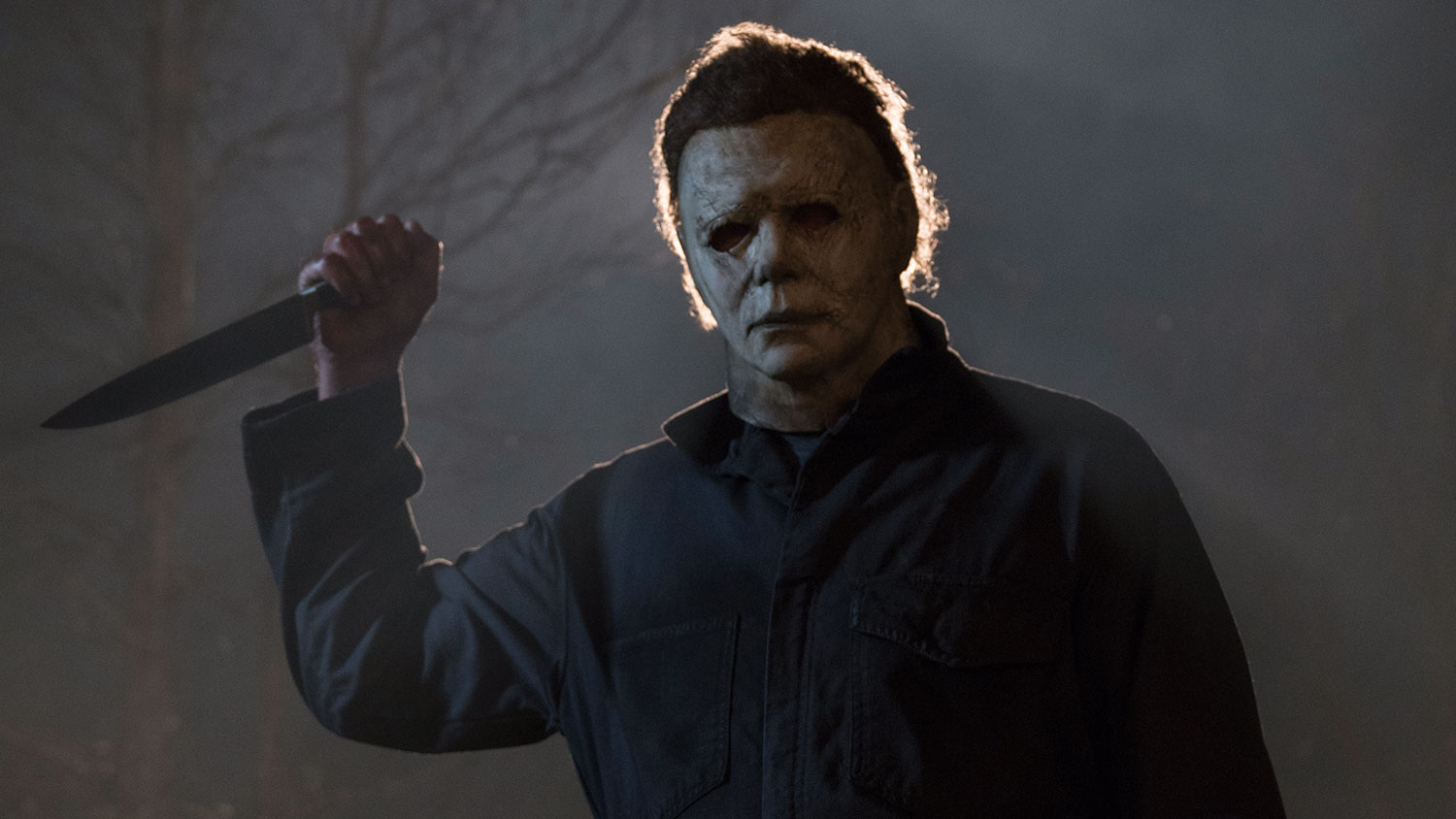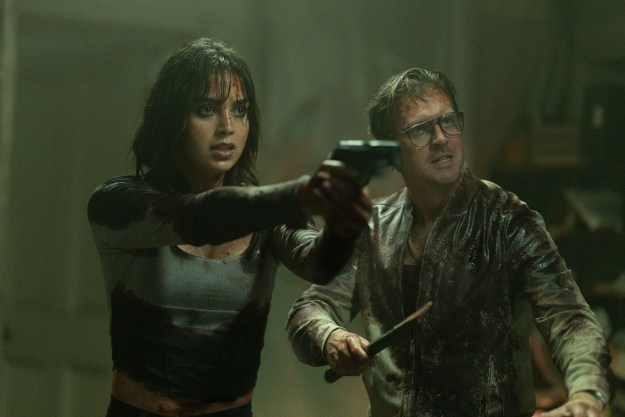The more things change for Michael Myers, the more they stay the same.
The iconic serial killer introduced in John Carpenter’s franchise-spawning 1978 film Halloween has stalked his way through 10 installments of the series over the last four decades, often with diminishing returns both critically and commercially. You can’t keep a good cinematic slasher down, though, and this weekend’s Halloween not only shares a title with the 1978 original, but it also brings Michael Myers back for another bloody chapter that manages to both turn back the clock and move the story forward in satisfying ways.
More Movie Reviews
Directed by David Gordon Green (Pineapple Express) from a script he co-wrote with Danny McBride and Jeff Fradley, Halloween is set 40 years after the events of Carpenter’s original film, and serves as a direct sequel to that debut installment. Having spent the last four decades in an unresponsive state at a sanitarium, Michael is visited by a pair of journalists hoping to encourage a response by bringing him a piece of his past: The terrifying mask he wore during his killing spree on Halloween night in 1978.
As anyone familiar with the Halloween movies — or any horror franchise, for that matter — might expect, the response it prompts involves one brutal murder after another as Michael stalks his way back to Haddonfield, Illinois. What he doesn’t realize is that the lone survivor of his killing spree, Laurie Strode (played once again by Jamie Lee Curtis), has spent the last 40 years preparing for him.
Halloween doesn’t shy away from paying homage to its 1978 predecessor, going so far as to mimic the font and opening credit sequence of the first film, complete with eerie time-lapse video of a jack-o’-lantern burning against a black background. In a clever, self-aware nod to the film’s intent, however, the video plays in reverse, and the collapsed, burned-out jack-o’-lantern shown at the start of the credits is brought back to life, accompanied by the iconic Halloween score.
The decision to include an opening credit sequence — an element that has all but disappeared from modern movies — is just one of many cues Halloween takes from its 1978 namesake. It’s a nice callback to cinema of that era, and sets the tone early on.
Despite all of the inspiration the film takes from Carpenter’s original, Green manages to avoid making the 2018 installment feel like a modern-day remake, and filters all of the familiar elements through his own unique lens and narrative twists.
The original Halloween had a gritty quality that was as much a factor of Carpenter’s vision for the film as its minuscule budget, which was low even by 1978 standards. Green’s sequel has a similar vibe, and while the 2018 film’s budget is also relatively low, it benefits from advances in filmmaking technology that allow for more flexibility and creative camera work that retains that “rough” look.
Despite all of the inspiration the film takes from Carpenter’s original, Green manages to avoid making the 2018 installment feel like a modern-day remake.
One particularly memorable scene early in the film follows Michael Myers as he journeys from a crowded neighborhood sidewalk around to the back of a house, then inside the house, then out the front door to where he started, picking up various objects along the way that he puts to murderous use. The scene is shot in a way that makes it feel like a single, extended take, and the effect is a visceral, almost voyeuristic perspective on Michael’s journey from one victim to the next in pursuit of the girl who got away.
It’s the sort of shot that might not have been possible in 1978, but today’s cameras and filmmaking techniques can pull it off while also making it feel like an organic extension of Carpenter’s vision for the original film.
As for the girl who got away, Curtis shows a surprising level of comfort with jumping into a character she first played four decades ago.
Tasked with both picking up Laurie’s arc 40 years later and dispensing with the elements that several past sequels added to the canon, Curtis throws herself into this new version of the character, who is now both a battle-hardened survivor and psychologically scarred victim of Michael’s first rampage.
This spin on the character is a refreshing one, and it adds some depth to Laurie instead of positioning her as a carrot at the end of a string that propels Michael Myers from one bloody encounter to the next.
There’s an evolution in Halloween both behind the camera and in front of it.
That’s not to say Curtis’ character entirely avoids the usual mistakes made by characters in slasher movies, and Halloween occasionally tests its audience’s suspension of disbelief by having its supposedly older-and-wiser characters — including Laurie — continue to make terrible decisions at the worst, most peril-fraught times. Fortunately, the supporting cast of Halloween features some performances that serve more than just soon-to-be-a-corpse roles (but not much more — this is a slasher film, after all), thanks to a few talented actors on the periphery of the film’s looming showdown between Michael and Laurie.
Ant-Man and Archer actress Judy Greer makes the best of the screen time she’s given, for example, and stands out in a small cast of somewhat forgettable characters.
While past installments of the Halloween franchise have attempted to give the series new life by either remaking it or spinning it off in increasingly convoluted or bizarre (often fringing on campy) directions, Green’s Halloween is both homage and sequel, and does surprisingly well in both areas. There’s an evolution in Halloween both behind the camera and in front of it, and the 2018 iteration will likely feel familiar to fans of the 1978 film while offering enough of Green’s fingerprint to differentiate it from the original.
Maybe most importantly, this Halloween tells a new story within the framework of everything memorable about the original film — and in the end, that’s what any good sequel should strive to do.
Editors' Recommendations
- 3 underrated Amazon Prime Video movies you should watch this weekend (April 19-21)
- This underrated 2019 action movie is a big hit on Netflix now. Here’s why you need to watch it
- 3 free underrated movies you should stream this weekend (April 19-21)
- The 50 best movies on Netflix right now (April 2024)
- The best movies on Amazon Prime Video (April 2024)

